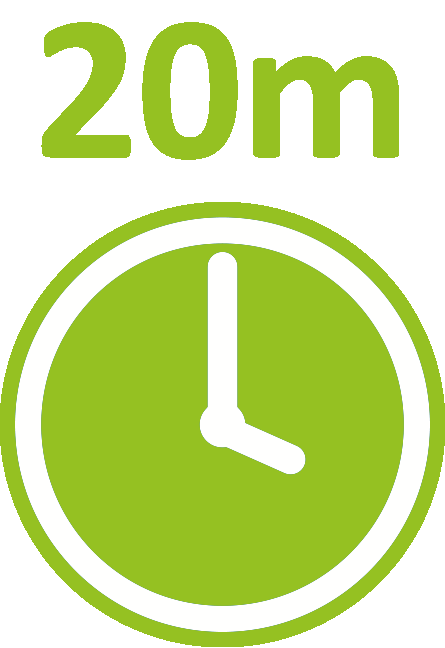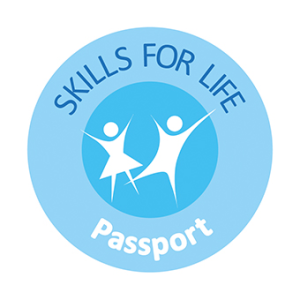Module 1 - Session 1 Lesson Plan
Module 1, Session 1
Valuing our differences and similarities
Strange Creatures

GOAL
- To help children identify, appreciate and value their differences and similarities.
- Motion Comic 1 - Strange Creatures
- Comic Strip 1 for each child
- Story Characters
- Passports - printed out for each child
- Information for Families - Module 1
- My Reaction Worksheets (Activity Sheet 1) (optional)
- PowerPoint presentation for Session 1 (optional)
- Tell the children that today we will be starting a new activity called Passport.
- Ask the children what they remember from the introductory session. Listen to several answers.
- Remind them that we have already met the main characters of the story.
- Tell them that today we will find out what happened on the other side of the waterfall.
 Comic
strip and discussion
Comic
strip and discussion
- Give each child a copy of Comic Strip 1 - Strange Creatures, and display the characters on the whiteboard.
- Ask them to read the comic individually, as a class or you can play the motion comic.
- When they have all read the comic, ask them to summarise the story.
- Point out that in the story the children and the dragon noticed that they were very different from each other, and that many of the creatures in the village were also different from each other.
- Say that today we are going to talk about what defines us and what makes each of us unique.
 Activity
1: My Passport
Activity
1: My Passport
- Ask the children to list things that describe us or make us special – things that make each person unique.
- Write their answers on the board or a large sheet of paper.
- If the children do not have any ideas, you can suggest one or two of these examples:
- Our physical features
- Our personalities
- The things we like
- Our hobbies and activities
- Our family members
- The communities we live in
- Our friends
- Our school
- The place where we were born
- After giving one or two suggestions, ask the children again for more ideas.
- Give each child a Passport. Explain that these Passports belong to them and will help them record what they learn from each activity. Because their Passport represents them, they can personalise it.
- Say that we are going to discover things that make us special and show who we are.
- Ask the children to open their passports to the first page and fill out the I.D. page. Tell them that they can write more than one thing on each line.
![]() Children should answer as well as they can and do not need to finish all of the sentences.
Children should answer as well as they can and do not need to finish all of the sentences.
![]() If you like, you can fill in your own Passport before the session and show it to the children to get them started.
If you like, you can fill in your own Passport before the session and show it to the children to get them started.
- Tell the children that they can draw themselves or add a photo of themselves to the I.D. page, if they wish.
- Move around the classroom to offer help completing the I.D. page.
 Activity
2: Sharing our differences and similarities
Activity
2: Sharing our differences and similarities
- Ask the children to move around the classroom and share with each other what they have written on their I.D. page.
If some children don't want to share their personal information with their classmates, they don't have to.
- Tell the children to:
- Find children with whom they have something in common.
- Find children who are different from them.
![]() Respecting other people and their differences is essential.
Respecting other people and their differences is essential.
- Once back in a group, ask some children to share the similarities and differences that they discovered with their classmates. Point out that even if we are different, we can all be friends. For example, Jack likes to swim, but Kim prefers playing basketball. Even so, they are still good friends.
 Feedback and conclusion
Feedback and conclusion
- Thank the children for participating.
- Ask some of them to say what they liked and what they learned from the activities. Focus on what they learned from the activity, instead of what happened in the story.
 KEY
MESSAGE:
Remind the children that each of us has many characteristics which make us who we are and make us different and special. In our class, the differences between us are a source of strength and we can bring all our talents together.
KEY
MESSAGE:
Remind the children that each of us has many characteristics which make us who we are and make us different and special. In our class, the differences between us are a source of strength and we can bring all our talents together.
- Optional. Ask the children to fill out the My Reaction worksheet (Activity Sheet 1).
- Send each child's parent or carer the Information for Families and ask them to complete it with their child.
No unauthorised downloading, copying or reproduction is permitted. If you want to use this material in any way you must obtain a written licence from Partnership for Children.
